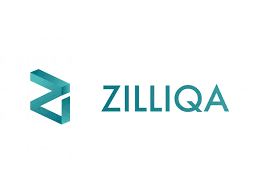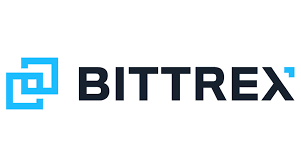Two well-known cryptocurrencies that have drawn a lot of interest in the world of digital assets are Bitcoin and Filecoin. Although they both use blockchain technology, their essential goals and guiding principles diverge greatly. This article compares Bitcoin and Filecoin in-depth, focusing on their respective backgrounds, fundamental functions, consensus techniques, use cases, storage options, and prospects for the future.

Basic functions
The main function of Bitcoin is to operate as a store of value and a kind of electronic cash for peer-to-peer trades. The network depends on a proof-of-work (PoW) consensus process to verify and protect the network, and its blockchain keeps track of all transactions. By contrast, Filecoin is geared for decentralized data storage. By exchanging their spare storage space for Filecoin tokens (FIL), users may utilize it to earn money. The cost of data storage and retrieval on the Filecoin network may then be covered by these tokens.
Consensus mechanism
The PoW consensus method is used by Bitcoin, where miners compete to find solutions to challenging mathematical problems to add new blocks to the network. The Bitcoin network is very safe yet energy-intensive as a result of the enormous processing power and energy consumption required by this operation. The Proof-of-Spacetime (PoST) consensus algorithm is a special consensus method used by Filecoin. PoST entails demonstrating that storage space is being assigned and utilized for data storage, as opposed to PoW, where miners compete primarily on computing capability. Compared to PoW, this technique seeks to use less energy while yet providing a high degree of security.
Storage solutions
There are no direct storage options for non-financial data on the blockchain of Bitcoin. Its major goals are to maintain a decentralized ledger for financial transactions and to enable safe transactions. As its name implies, Filecoin is focused on decentralized storage options. Users may take part as customers (users wishing to store data) or storage providers (miners). Clients pay miners in Filecoin to store their data on the network in exchange for renting out the storage space they have available.
Future possibilities
As the first and best-known cryptocurrency, Bitcoin’s future is primarily dependent on its capacity to grow successfully to accommodate rising transaction volumes. It also has problems with energy use and environmental issues, which may necessitate the use of alternate consensus processes. Its unique PoST consensus and focus on data storage appeal to businesses and developers seeking secure data storage with high security.
Administration and decentralization
One of the most cherished characteristics of Bitcoin is its decentralization. It has a large and scattered global network of nodes and miners due to its status as the first cryptocurrency. The Bitcoin network is decentralized, assuring its immutability and resilience to censorship. Bitcoin’s governance is built on a decentralized consensus system that is relatively informal. Any suggested modifications to the protocol must get popular support, which may sometimes result in heated discussions and splits, as was the case with Bitcoin Cash and Bitcoin SV. With an increasing number of storage miners throughout the world, Filecoin also aims to be a decentralized network. On-chain governance methods provide its governance model with additional structure. Through on-chain voting, token holders may suggest and decide on protocol updates, facilitating a quicker decision-making process. However, there is continuing discussion over whether Filecoin’s governance structures have the potential to provide big token holders an undue amount of control, raising centralization issues. For Filecoin to succeed in the long run, a balance between decentralization and effective decision-making is essential.
Scalability
The scalability of Bitcoin has long been a source of discussion. A decreased transaction throughput relative to conventional payment systems is the consequence of the restricted block size and the lengthy mining process. As a consequence, during times of network congestion, Bitcoin has had issues with high transaction fees and sluggish confirmation times. The adoption of second-layer solutions like the Lightning Network, which enables quicker and less expensive transactions by lowering on-chain congestion, is one strategy being used to increase Bitcoin’s scalability. The scaling mechanism for Filecoin is more in line with the expansion of network storage. The total capacity grows as more storage miners join the network and give their store space. Theoretically, this decentralized technique of scaling storage may support enormous quantities of data storage, perhaps making Filecoin more scalable in this area.
Security
Thanks in significant part to its PoW consensus method, Bitcoin is renowned for its strong security. The network’s processing power, or hashrate, is essential for defending the blockchain against intrusions and preserving its integrity. PoW mining takes a tremendous amount of energy, which discourages hostile actors from trying to take over the network. The PoST consensus algorithm used by Filecoin strives to provide a high degree of security. Its storage proofs make it difficult for bad actors to control the network by requiring miners to prove that they are indeed storing data. However, the hashrate of the whole network as well as the distribution of storage miners have a significant impact on the security of Filecoin’s decentralized storage system.
You can find these articles helpful
Bitcoin vs Bytom
Bitcoin Vs Ethereum
Advantages and disadvantages of Bitcoin Gold











